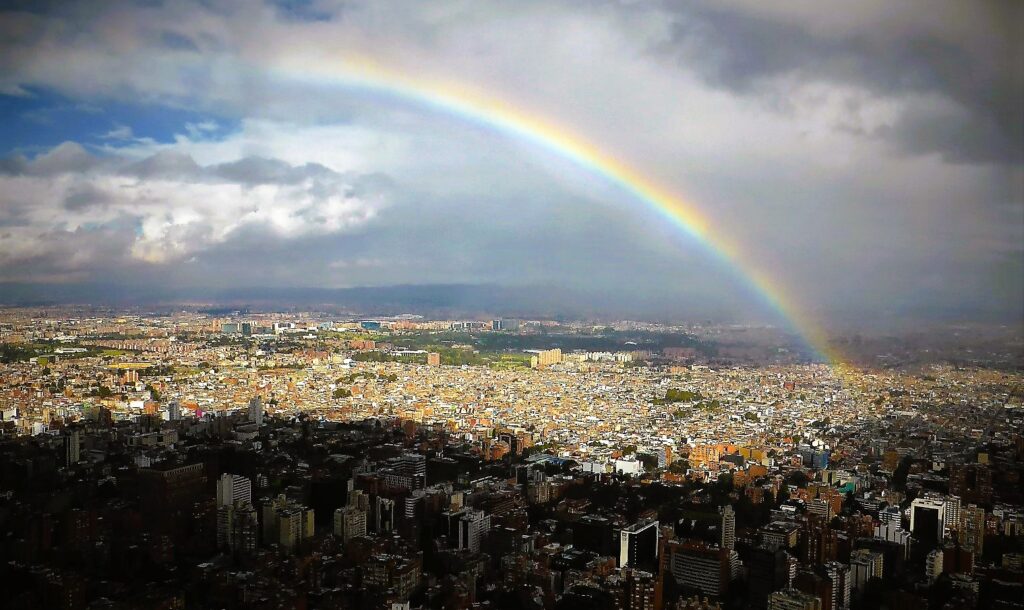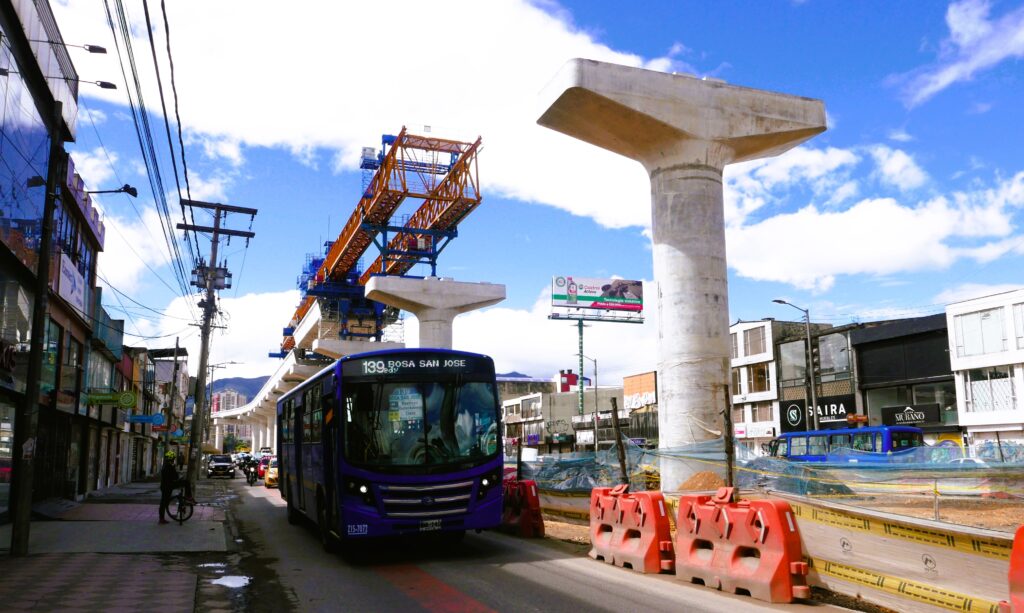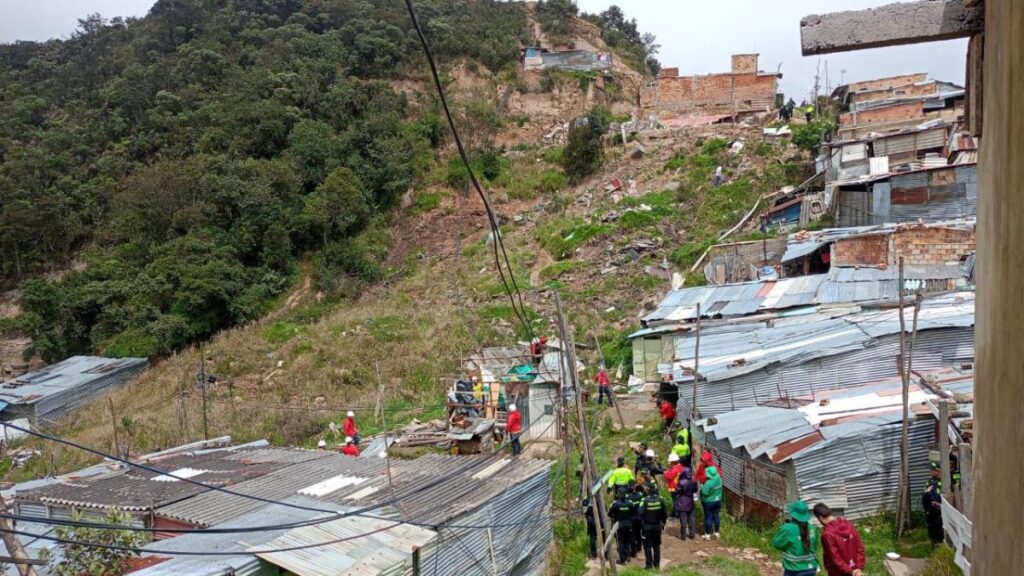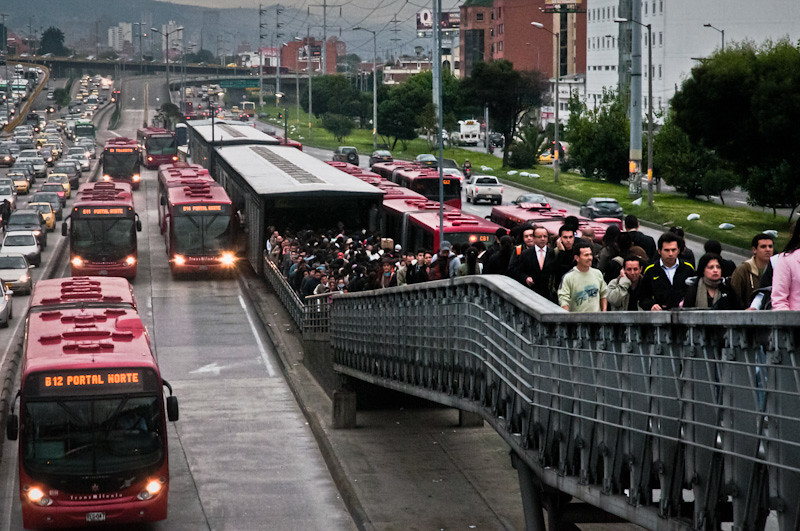Colombia’s capital is the first Latin American city to receive prestigious award.

It’s official: Bogotá cleaned up at the Earthshot 2025 ceremony in Brazil last week by beating several other global cities to the top prize for improved air quality.
According to the Earthshot judges; “Bogotá has implemented bold clean air policies to cut air pollution by 24% since 2018, redesigning how 8 million people move and live, and building a healthier, greener city”.
Bogotá’s mayor, Carlos Galán, received the environmental action award “on behalf of the people of the city” at a glitzy ceremony in Rio de Janeiro last Thursday where music stars such as Kylie Minogue, Shawn Mendes, Seu Jiorge and Anitta performed.
“This prize recognizes the efforts of an entire city, several administrations and many, many people,” Galán told the audience, adding that “Bogotá is undergoing an unprecedented transformation”.
Bogotá competed in the final ‘Clean Our Air’ round against Gujarat in India and Guangha in China, which have also improved air quality in recent years. There were four other categories in the competition related to oceans, nature, waste management and climate, giving five winners in all.
UK’s Prince William, founder and president of the Earthshot Prize, met with representatives of the five winning teams, including the Bogotá mayor. He told the winners that judging the competition had been difficult this year and the final cut came after “hours of debate”. Prince William then congratulated Galán saying he was “so pleased for fantastic Bogotá”.
Key to reducing smog has been replacing smokey buses with one of the world’s largest electric bus fleets, introducing private car restrictions, and expanding cycling routes, according to Earthshot’s citation.
It also recognized Bogotá’s leaders’ ambitious plan to prioritize walking and cycling, reclaim street space for pedestrians, expand green spaces and restrict heavy freight vehicles.
The city now boasts the largest cycle path network in Latin America, one of the world’s biggest electric bus fleets at over 1,400 buses, two new cable car lines under construction to add to the one currently in operation. Bogotá also has more than 100 kms of dedicated low-emission bus lanes, and an electric metro line under construction.

Reclaiming green spaces
The Earthshot judges were also impressed by Bogotá first Urban Zone for Clean Air (ZUMA) in Bosa, a low-income barrio in the city’s southwest, which aims to reduce emissions and improve air quality by integrating measures such as freight renewal, road paving, safer walking and cycling.
The Bosa ZUMA has already won international attention and technical support, for example earlier this year from the Latin America Development Bank Biodiverse Cities Initiative, part of a wider plan to bring greener spaces to high-density sectors of the city.

Urban regeneration has at times pitched city authorities against illegal land invasions, sometimes by organised crime gangs that occupy public land and sell it on for profit. The current city administration has prioritized recovering stolen land, including in Entrenubes District Park, a vital green space in a poor southeast sector of Bogotá
“We continue our offensive against land grabbers in Bogotá. We are acting decisively to prevent environmentally protected areas from being illegally occupied and sold,” said the District Secretary of Security, César Restrepo after dozens of shacks were cleared in August this year.
Bogotá has long been an example of urban inequality, with leafier streets and public parks – and truck-free zones – concentrated in wealthier barrios. Environmental campaigners Greenpeace reported in 2020 that 80% of Bogotá’s population lived with “a deficit of green areas”.
“It is necessary to act urgently…to increase these green spaces per capita and the capacity for adaptation, mitigation, and resilience in the face of the climate crisis,” stated the report.
Five years on, the city is now being recognized for its re-greening of degraded areas, according to Earthshot: “The city is planting 20,000 trees, creating urban gardens, green roofs and urban forests, for a healthier, more resilient environment”.





